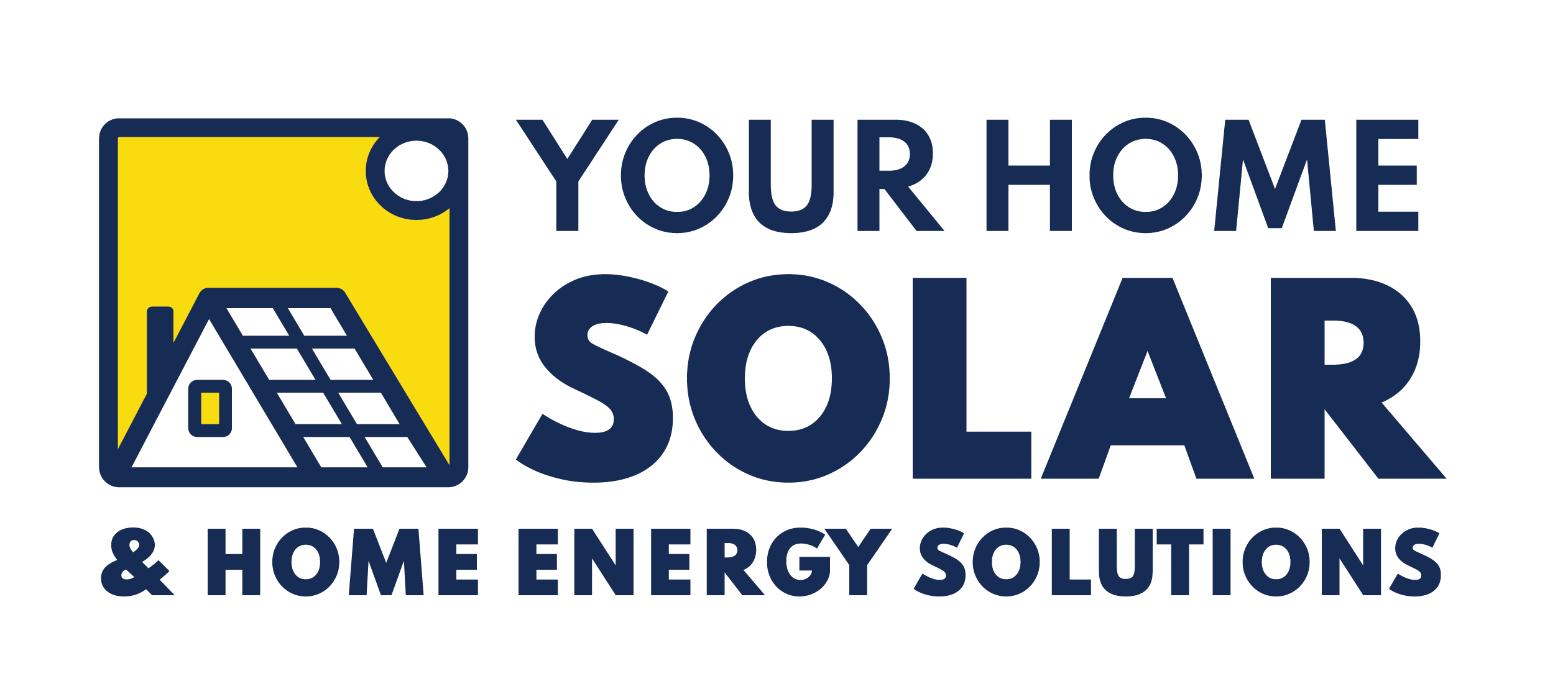The transition to renewable energy, particularly solar power, is crucial for reducing greenhouse gas emissions and combating climate change. However, the production and disposal of solar panels can contribute to environmental challenges if not managed sustainably. To address this, the principles of the circular economy can be applied to solar energy, aiming to minimize waste, maximize resource efficiency, and promote recycling and reuse throughout the lifecycle of solar panels.
Designing for Sustainability:
One of the key principles of the circular economy is designing products with sustainability in mind. In the case of solar panels, this involves using materials that are easy to recycle, optimizing manufacturing processes to minimize waste, and designing panels for durability and longevity. By incorporating these principles into the design phase, solar panel manufacturers can reduce the environmental footprint of their products and facilitate end-of-life recycling.
Promoting Recycling and Repurposing:
As solar panels reach the end of their operational life, recycling becomes essential to recover valuable materials and minimize waste. Solar panel recycling involves dismantling panels, separating components such as glass, silicon, and metals, and processing them for reuse in new panels or other products. Additionally, repurposing solar panels for non-grid applications, such as off-grid power systems or solar art installations, can extend their useful life and reduce the demand for new materials.
Developing Closed-Loop Systems:
Closed-loop systems aim to keep materials and products in circulation for as long as possible, minimizing the need for virgin resources and reducing waste. In the context of solar energy, closed-loop systems involve establishing take-back programs for end-of-life panels, incentivizing manufacturers to use recycled materials in new panels, and creating markets for recycled solar components. By closing the loop on solar panel production and disposal, the industry can create a more sustainable and resource-efficient supply chain.
Collaborating Across the Value Chain:
Achieving a circular economy for solar energy requires collaboration across the entire value chain, from manufacturers and suppliers to installers and consumers. Governments, industry associations, and research institutions play a crucial role in facilitating collaboration, setting standards for sustainability and recycling, and supporting research and innovation in circular design and materials recovery.
Conclusion:
Solar energy has the potential to play a significant role in the transition to a circular economy, reducing waste, maximizing resource efficiency, and promoting sustainable development. By embracing the principles of the circular economy, the solar industry can minimize its environmental impact, create new economic opportunities, and contribute to a more resilient and sustainable energy future.

